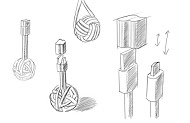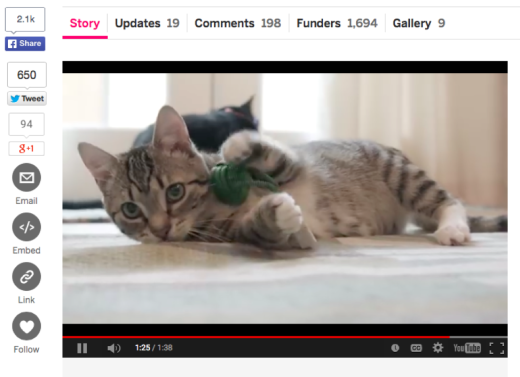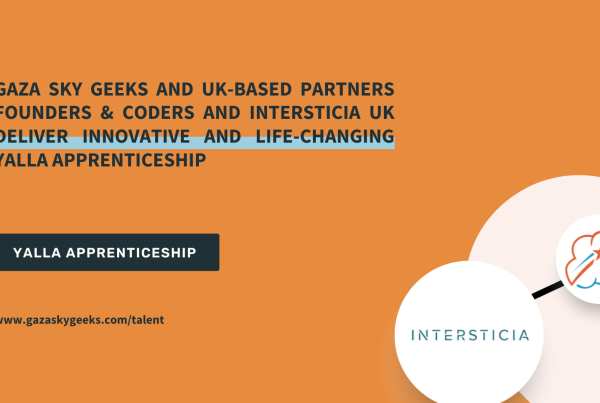Lama Mansour is the first female founder of a hardware startup from Palestine currently residing in Estonia. At 22 years old, BOLD is her second startup. Recently, she shared her advice with GSG on how to launch and run a successful crowdfunding campaign:

Do your research: As with any business project, the first step is to see what’s been done before and, more importantly, HOW it was done. Look at similar campaigns to see what worked for them and what their elements of success were: Where did they drive traffic from? What marketing tools did they use? How did they structure their campaign? The bottom line is: do your homework! We spent several months preparing our campaign before we launched it. (This included tips 2, 3, and 4 below.)
For the BOLD Gadgets campaign we collected a list of more than 30 successful campaigns from the same industry as our product, and tried to analyze them and draw facts and data from them before we started structuring our campaign or planning for it.

Use consumer-friendly promotions: We made sure that the campaign page wasn’t condensed with information and that the video was short and shareable (e.g. we used cats in the video, making it a huge hit). Nobody wants to watch, let alone share, a five minute video with founders speaking or explaining a complicated technology. The campaign page is also short with many well-designed graphics which capture the viewer’s attention.

Build an interested and committed audience before launch: We tried to get in touch with as many people as possible before the campaign to line-up as many pledges as we could before day one. The first day is the most important day and we knew strong traffic and pledges would set the pace for similar results during the rest of the campaign. We did this by building a landing page to collect a subscriber base, establishing a strong presence on social media, attending conferences and setting-up demo booths at exhibitions to give away product gift cards and collect emails, and by connecting to our audience frequently with newsletters and teasers.
Work out the Gogo Factor: Indiegogo uses a formula they call the Gogo Factor that determines which campaigns go on the home page and which campaigns are boosted featuring them on Indiegogo’s newsletter. This formula is critical as it drives the most traffic and highest conversion rates to the campaign. We did our best to raise our Gogo Factor by driving traffic to the campaign, and encouraging pledges and shares on the first few days. This resulted in BOLD being featured on Indiegogo’s homepage for the first two weeks of the campaign, and we immediately saw the benefits. We were also featured on Indiegogo’s newsletter on the fifth day of the campaign, which resulted in over than $10,000 on one day and more pledges later.

Keep the campaign alive: Campaigns typically die a little after the first week. We’ve tried to keep our campaign fresh by periodically offering new perks and motivating backers to stay active on the campaign page. We offered some limited perks, held a giveaway contest, and a referral contest. We also engaged in digital marketing and tried to push for media coverage at different periods of the campaign. Be prepared to spend a lot of time on this.
Of course these this is by no means an exhaustive list, and not all of the points listed above are applicable to each crowdfunding campaign. Nevertheless, these should help you get on the right track. Remember, it takes several months to prepare a crowdfunding campaign. Take your time to prep before you launch!


